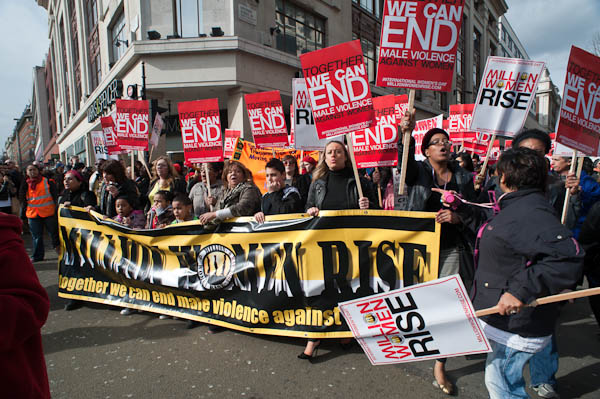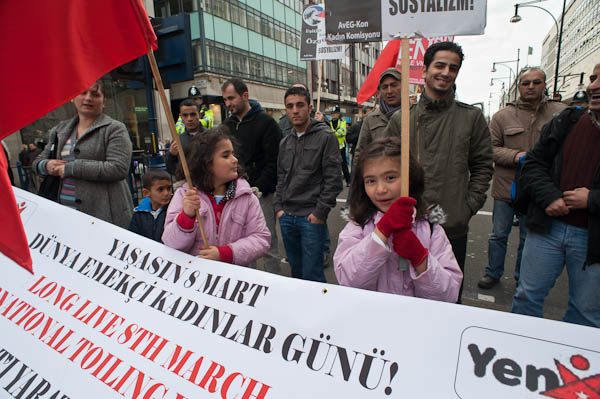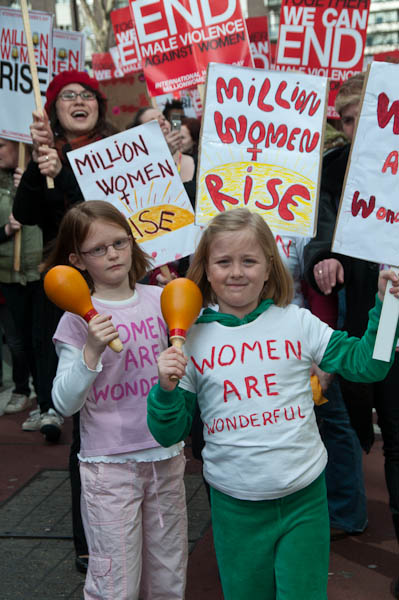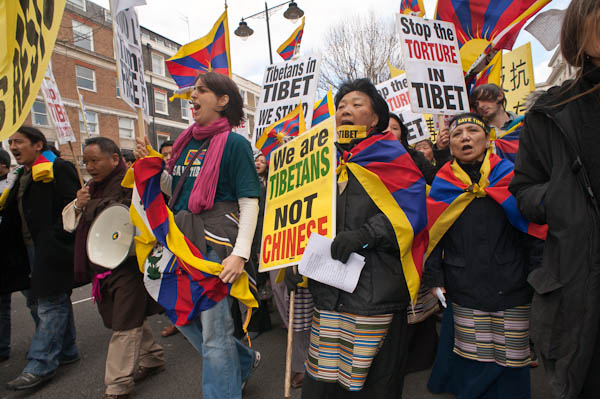Sunday’s St Patrick’s Day parade in London formed up on Piccadilly, which was a problem for photographers, with lowish sun streaming into our lenses much of the time. Things were a lot easier for us when they used Park Lane around the corner. So although everyone else was probably enjoying the bright sun, we were cursing it.
I wasn’t helped by not having a lens hood for my 20mm on the D700, although frankly most wide-angle lens hoods are hardly worth the trouble. As usual I made use of my hand, holding it in the right place by looking through the viewfinder until I can just see it – and then at least in theory moving it just out of picture. In practice it’s more efficient than the Nikon lenshood, but it also means I have to crop the occasional image where my fingers intrude along the top of the picture!

‘Kennedy Homestead‘ above is a good example – the sun was only just out of picture and my hand was just visible along the top of the picture; fortunately I could also crop a corresponding area at the right and still keep the normal aspect ratio.
I’m not quite a cropping fundamentalist à la H C-B (and it’s always worth remembering that perhaps his best known picture, the leaping man in the Place de l’Europe which featured in most of his obituaries, was quite seriously cropped) but like him I do believe in composing in the viewfinder rather than after the event.
The second problem with bright sun is of course lighting contrast. Fortunately using fill-flash can help with this, along with a little dodging and burning in Lightroom. I’m not quite sure what the US-style cheerleaders were doing at this Irish event, though doubtless some of them had Irish ancestors, and it isn’t anything more than an adequate picture, but it is one that I would have found impossible just a few years ago.

Modern flash systems and high sync speeds make fill flash simple to handle. I couldn’t have done this with my old Olympus OM system. The shutter speed here was 1/320s (at f11, ISO 400) and I had my usual -2/3 stop setting on the flash along with +2/3 on the camera exposure. Really I didn’t have to think about it at all, other than to check I had the flash switched on and take a quick look at the image and histogram after taking the picture.
It did need a bit of work in Lightroom, bringing the sky area and some highlights down and opening up some of the shadow areas. The kind of control that in the old days one could do in black and white, but was very tricky with colour – I remember a number of times getting messages back from the lab that what I wanted just wasn’t possible in those good old days.

Another that would not have worked without fill
The St Patrick’s day parade was one of the big events started in London by Ken Livingstone, and one that he always seemed to enjoy. Although many of the supporters of Boris Johnson moaned about Ken wasting money on such events, I’m pleased to see that they are continuing under the new management – and Boris was there himself at the front of Sunday’s march. So far as I’m aware he doesn’t claim any Irish ancestors and for once he didn’t put his foot in anything.

Fill again essential
You can see more pictures from the parade- including several different St Patricks – on My London Diary.




















